Top 5 Interesting Facts About The Earth's Accurate Weight and Location
♦ What Shape Is The Earth? Facts About The Earth's Rotation
♦ Why Does the Moon Affect the Tides Though It is 384,000 KM from Earth
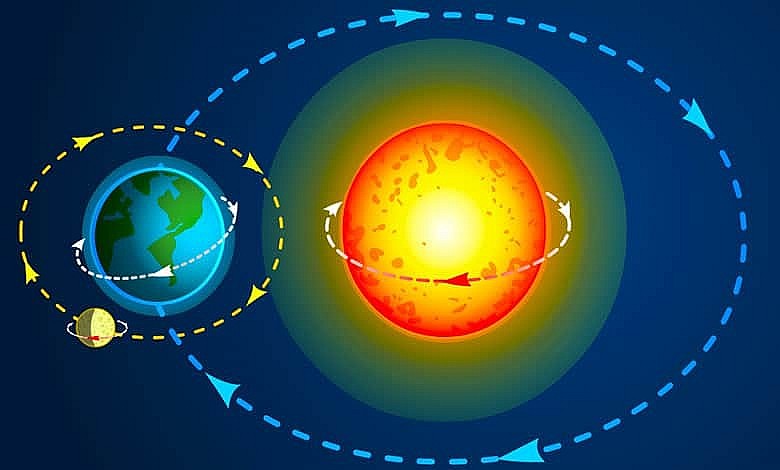 |
| Top 5 Interesting Facts About The Earth. Photo Journal How |
1. What is the exact location of the Earth?
Our planet is located in the third place of the solar system. It was formed about 4.6 billion years ago. Ranked in order are: Mercury, Venus, Earth, Mars, Jupiter, Saturn, Uranus, Neptune.
2. How far is the Sun from the Earth?
The distance from the Earth to the Sun is estimated to be 149 600 000 km², taking 8 minutes and 19 seconds for sunlight to reach the Earth.
The position of the Earth in the solar system is extremely important. It explains why Earth is the only planet with life. With this distance, the temperature is never too hot or too cold. This is the most ideal condition for life to thrive.
READ MORE: How Hot Is The Earth's Core And Why?
What are the highest and lowest temperatures on Earth?The highest temperature ever recorded on Earth was 136 Fahrenheit (58 Celsius) in the Libyan desert. The coldest temperature ever measured was -126 Fahrenheit (-88 Celsius) at Vostok Station in Antarctica. |
3. Which planet is closest to the Earth?
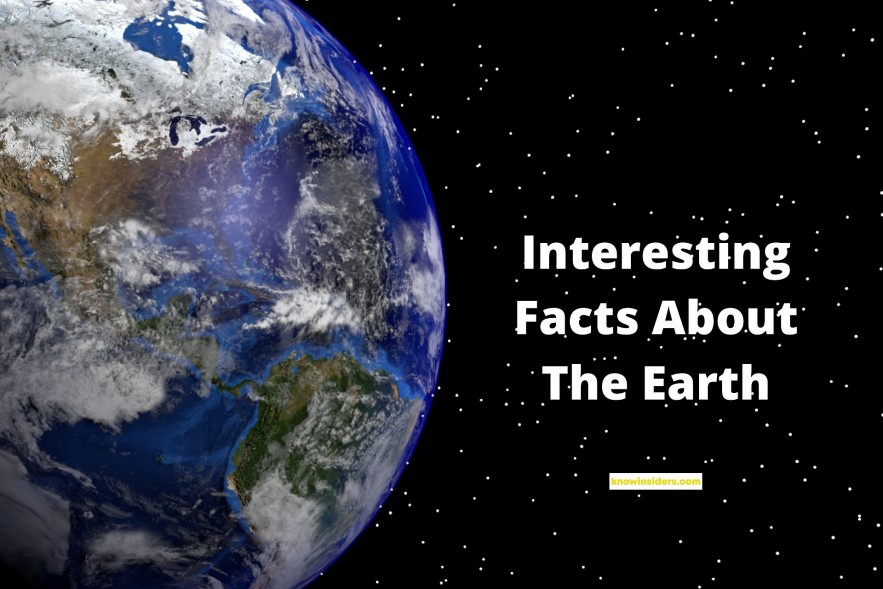 |
| Photo KnowInsiders |
If you answered Venus to the question above, you probably had in mind that Venus can get closer to the Earth than any other Solar System planet. That is correct. Approximately once every 1 ½ Earth years the two planets get within 25 million miles of one another. No other planet ever gets quite as close to us. But is Venus always the closest planet to the Earth? Absolutely NOT! A big part of Venus’ orbit takes the planet far away from the Earth. At the maximum separation, that is when Venus is on the opposite side from the Sun than the Earth, Venus is a whooping 160 million miles away.
READ MORE: What Is The Lightest Material On Earth?
4. How much does the Earth weigh?
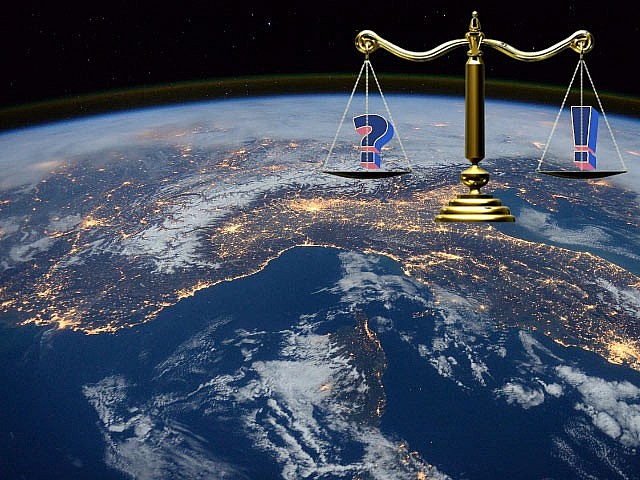 |
| The most accurate weight of the Earth so far is 5.972×10^24kg |
Newton's formula
The weight of the Earth was first announced through the research of the famous scientist Isaac Newton Jr. Through his description of Newton's 3 laws and the theory of universal gravitation, recorded in the treatise Mathematical Principles of Natural Philosophy, the mass of the earth through this calculation is 6,102×10^24 kg . But this measurement gives only an approximation, since the Earth is not a truly round sphere, its radius is not uniform.
Kepler formula
Later, Kepler's third law was applied to accurately calculate the mass of the Earth. And to do this, NASA has put a satellite called Lageos-1 into orbit. This is a large ball of copper-steel alloy. The time delay between the transmission and the reflection of the laser makes it possible to determine the distance between the sun and the Earth most accurately. How many kilograms does the Earth weigh? According to calculations, the mass of the Earth is 5,972×10^24 kg.
The most accurate weight of the Earth so far is 5.972×10^24kg
5. What is structure of the Earth?
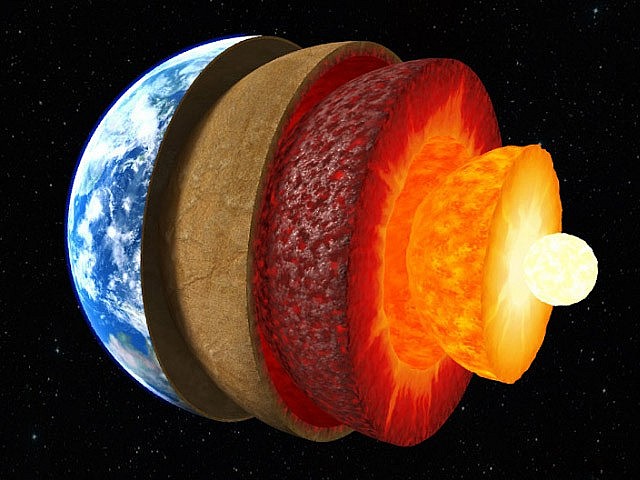 |
- Crust: exists in the Solid state, 47% of the Earth's crust is oxygen, the thickness is from 5 to 70 km, the deeper the temperature, the higher the temperature, up to 1000 degrees Celsius.
- The intermediate layer, also known as the mantle sack: has a thickness of nearly 2900 km. Matter here exists in a viscous to liquid state, with temperatures ranging from 1,500 to 4,700. This part makes up 70% of the Earth's volume.
- Earth's core is located at a depth of 2,900km and has a thickness of about 2,260km. The core temperature of the Earth is between 4,400 and 6,100 degrees Celsius and makes up about 30.8% of the Earth's mass.
| The Earth is made out of many things. Deep inside Earth, near its center, lies Earth's core which is mostly made up of nickel and iron. Above the core is Earth's mantle, which is made up of rock containing silicon, iron, magnesium, aluminum, oxygen and other minerals. The rocky surface layer of Earth, called the crust, is made up of mostly oxygen, silicon, aluminum, iron, calcium, sodium, potassium and magnesium. Earth's surface is mainly covered with liquid water and its atmosphere is mainly nitrogen and oxygen, with smaller amounts of carbon dioxide, water vapor and other gases. |
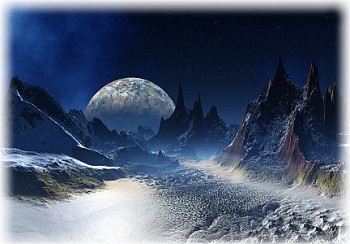 What is A 'super-Earth' - New Discovery About 'Signs of Life' What is A 'super-Earth' - New Discovery About 'Signs of Life' "Super-Earth" is increasingly becoming a hot term for astronomers because of new discoveries that spark hope about life, the existence of aliens. |
 Top 8 Mysterious Places That Still Exist on Earth Today Top 8 Mysterious Places That Still Exist on Earth Today There are some places in the world that make us curious to know why they exist and how mysterious they are. Check out Top 8 ... |
 Facts About The Existence of Giants On Earth Facts About The Existence of Giants On Earth It seems that we only hear about the giants through myths. However, more discoveries of fossils and remains of giants show that the giants do ... |
























